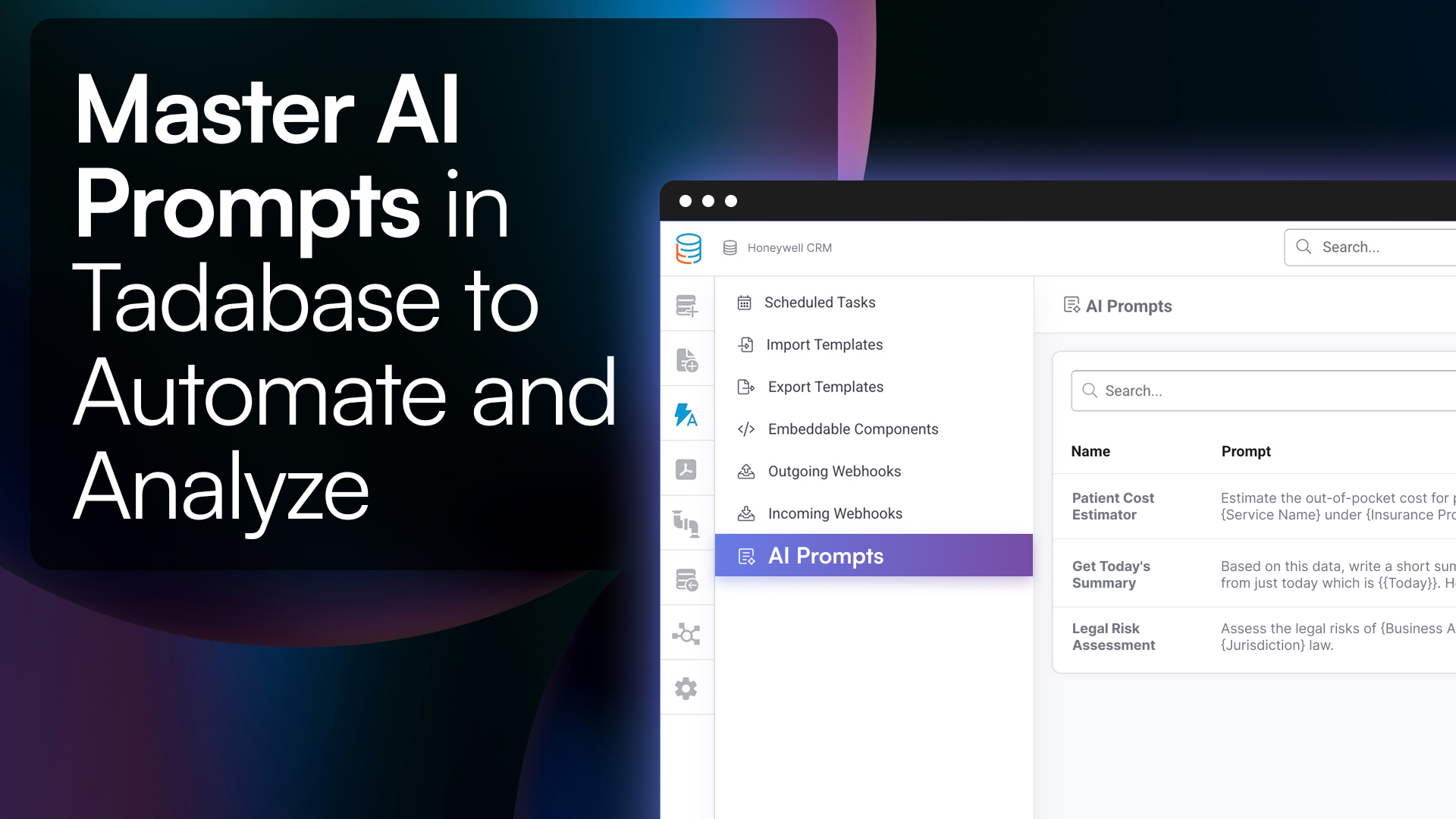Introduction
Technical debt—often called tech debt—is one of those things that creeps in quietly and then suddenly gets in your way. Startups see it as a necessary evil. Developers argue over how much is too much. And non-tech companies, especially in healthcare, often don’t even realize it’s happening—until they’re stuck.
Whether it’s messy code, outdated systems, or disconnected workflows, tech debt slows down innovation and adds hidden costs to your operations. But if you understand how it works and how to manage it, you can stop it from spiraling into something unmanageable.
What Is Tech Debt?
Tech debt (short for technical debt) refers to the long-term cost of using quick or temporary solutions in software development rather than doing things the right way from the start.
It’s a metaphor: just like financial debt, you get short-term gains, but you pay “interest” in the form of future maintenance, bugs, rework, and delays.
Common causes of tech debt:
-
Skipping documentation
-
Writing untested or fragile code
-
Relying on outdated tools or libraries
-
Applying quick fixes instead of solving root problems
-
Building features without a scalable architecture
In the short term, these shortcuts help you move fast. But over time, they make your systems harder to understand, maintain, or improve. The more tech debt you accumulate, the slower your team moves—and the more expensive fixes become.
How Tech Debt Builds Up
Most tech debt doesn’t come from bad developers—it comes from decisions made under pressure: shipping faster, cutting corners, or using whatever worked at the time. Here’s how it tends to build up over time:
-
Poor Documentation
Code is written quickly without explaining how or why it works. Months later, even your own team can’t make sense of it. -
Quick Fixes Over Long-Term Solutions
You patch issues instead of solving them properly—leading to more complexity and bugs later. -
Outdated Technologies
You stick with old libraries or frameworks because they “still work,” even though they slow you down and expose you to risk. -
Lack of Testing
No time for automated tests? That means every change carries the risk of breaking something unexpected. -
Disconnected Systems
Different parts of your tech stack don’t talk to each other, forcing manual workarounds and duplicated effort.
Left unchecked, tech debt compounds—just like interest. Every new update becomes harder, every feature takes longer, and every small bug fix risks causing bigger problems elsewhere.
Tech Debt in Healthcare and Other Non-Tech Companies
If you’re not a software company—say, a hospital network or logistics firm—tech debt shows up differently. But the problems it causes are just as real.
Here’s how tech debt commonly appears in non-traditional tech companies, especially in healthcare:
Real-World Examples:
-
Legacy System Dependence
Hospitals rely on outdated patient record systems. Integrating new functionality becomes nearly impossible. -
Fragmented Data Silos
Scheduling, billing, and EHR systems don’t sync, forcing staff to manually transfer data between them. -
Customized Quick Fixes
Clinics tweak off-the-shelf tools to fit their needs, but every vendor update breaks something critical. -
Inadequate Scalability
Practices outgrow their software, leading to slowdowns, crashes, or expensive migrations. -
Vendor Lock-In
Proprietary systems make switching costly and difficult—locking teams into limited options. -
Security Vulnerabilities
Unsupported software leaves sensitive patient data at risk. -
Training & Onboarding Overhead
Frequent tool changes require ongoing staff training, causing productivity loss and frustration. -
Compliance Gaps
Tools that can’t adapt to evolving HIPAA requirements lead to legal risk and fines. -
Hidden Costs of Free Software
“Free” solutions lack key features and require workarounds, third-party plugins, or add-ons that cost more in the long run. -
Short-Term Thinking Becomes Long-Term Pain
Ad-hoc digital solutions become permanent systems—fragile, clunky, and expensive to replace.
Why You Should Care About Tech Debt
You may not see it right away, but tech debt eventually limits every part of your operation:
| Problem | Impact |
|---|---|
| Slower Development | Every new change takes longer due to fragile code |
| Higher Costs | More time spent fixing bugs and maintaining outdated systems |
| Lower Innovation | Teams get stuck solving old problems instead of building new value |
| Compliance Risks | Legacy tools can’t keep up with evolving regulations |
| Security Vulnerabilities | Outdated software exposes you to breaches |
Ignoring tech debt is like skipping oil changes for your car—it saves time at first but leads to expensive breakdowns later.
How to Reduce Tech Debt (Traditional Strategies That Work)
At Tadabase, we’ve faced our own tech debt—and helped many organizations, including healthcare providers, reduce theirs. Here are the practices we use and recommend:
Break Work Into Sprints
Use agile methods to divide projects into manageable chunks. This makes progress measurable and easier to refactor along the way.
Review Code Often
Peer reviews and pair programming help catch bad patterns early and improve team accountability.
Schedule Refactoring
Dedicate 10–20% of each sprint to improving existing code. Small fixes prevent big problems.
Automate Your Tests
Testing isn’t optional. Use automated testing to quickly catch bugs and make your codebase safer to work with.
Keep Learning
Encourage your team to stay updated with best practices, frameworks, and tooling.
Use Better Tools
Modern platforms like Tadabase let you build and maintain secure, scalable apps—without legacy code or brittle workflows.
How to Minimize Tech Debt in Non-Tech Companies
For companies outside of traditional tech, minimizing technical debt requires a tailored approach:
| Strategy | Description |
|---|---|
| Conduct Regular Audits | Identify outdated software and evaluate where systems need attention |
| Prioritize Interoperability | Choose software that plays well with others—avoid data silos |
| Plan for Scalability | Use platforms that grow with you instead of locking you in |
| Invest in Security & Compliance | Stay current with patches and ensure regulatory alignment |
| Train Continuously | Help your staff stay effective and reduce onboarding time |
| Don’t Cut Corners | Free tools can cost more in wasted time and risk—don’t settle for short-term savings |
Case Study: Aeris Medical Group
Aeris Medical Group was struggling with tech debt that slowed their operations and limited their ability to innovate. Their software was stitched together with temporary fixes and outdated systems—making it difficult to adapt or scale.
After switching to Tadabase, Aeris was able to:
-
Consolidate their tools into a single, unified system
-
Automate manual workflows and reduce human error
-
Improve data visibility across departments
-
Eliminate legacy tools and streamline compliance
The result? Faster operations, less overhead, and a team that could finally focus on delivering high-quality patient care—not fighting their own software.
Conclusion
Tech debt isn’t a bad thing—unless you ignore it. In fast-moving environments, it’s often unavoidable. But managing it early and intentionally is what separates adaptable companies from those that get stuck.
Whether you're a startup founder, a software lead, or managing operations at a healthcare company, understanding and reducing tech debt is critical to long-term success.
At Tadabase, we help organizations eliminate legacy systems, reduce risk, and build scalable platforms that don’t pile on technical debt.
Book a demo or explore our platform to see how we can help.








